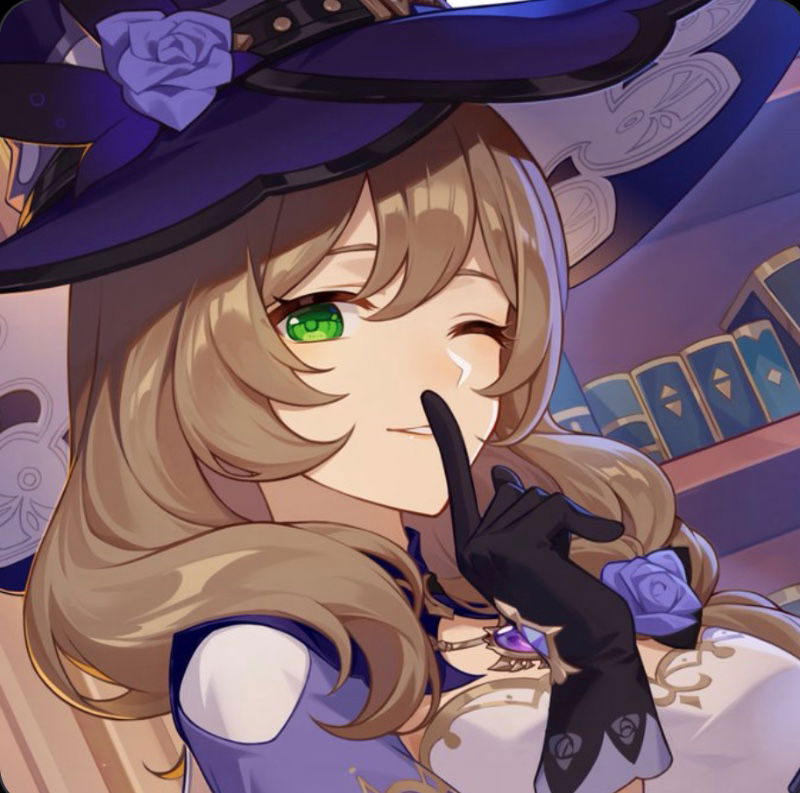Once you have your reference, the real work begins. Here’s a general workflow for creating your own 3D male anime character:
1. Blocking Out the Basic Form
Start with simple primitives – spheres, cubes, cylinders – to block out the major forms of the character: head, torso, limbs. Focus on establishing the correct proportions and silhouette based on your male anime character 3d model reference. Don't get bogged down in details at this stage. Think of it like sculpting with clay, building up the mass.
2. Refining the Anatomy
Gradually refine these primitive shapes into more organic forms. Pay close attention to muscle groups, bone structure, and how they are simplified or exaggerated in the anime style.
- Head: Focus on the characteristic large eyes, simplified nose, and expressive mouth. Consider the shape of the jawline and the overall skull structure.
- Torso: Define the chest, abdomen, and back. Even in a stylized form, understanding the underlying musculature helps create believable shapes. Think about how the ribcage and pelvis connect.
- Limbs: Shape the arms and legs, paying attention to joints like elbows and knees. Anime often simplifies these, but a sense of underlying structure should remain.
3. Sculpting Details and Stylization
This is where you inject the anime aesthetic. Use sculpting tools to:
- Define Facial Features: Sculpt the eyes, nose, mouth, and ears according to your chosen anime style.
- Add Hair: Create the hair as separate geometry. This can be done through sculpting, polygon modeling, or specialized hair grooming tools. Focus on creating distinct clumps and achieving that characteristic anime volume and flow.
- Refine Body Shapes: Add subtle muscle definition or adjust body types to match your character concept. Remember, anime stylization often means emphasizing certain areas and downplaying others.
4. Retopology
Once you have a high-detail sculpt, you'll need to create a lower-polygon mesh with clean topology for animation and texturing. This process, called retopology, involves drawing new polygons over your sculpt. Good topology is crucial for smooth deformation during animation. Think about edge flow around joints and facial features.
5. UV Unwrapping
To apply textures, you need to unwrap your 3D model into a 2D space. This process, UV unwrapping, essentially flattens your model's surface. Efficient UVs minimize distortion and make texturing easier.
6. Texturing
This is where you bring color and detail to your character.
- Base Colors: Apply flat colors to different parts of the character – skin, hair, clothing.
- Shading and Highlights: Anime often uses cel-shading or simplified shading techniques. This involves defining distinct areas of light and shadow, often with hard edges. You'll need to create texture maps that define these shading areas.
- Details: Add finer details like wrinkles, seams on clothing, and subtle skin variations.
7. Rigging and Posing
If you intend to animate or pose your character, you'll need to create a skeletal rig. This involves placing "bones" within the mesh and binding the geometry to them. A well-rigged character allows for intuitive posing and animation. You can then use your male anime character 3d model reference to recreate dynamic poses or create entirely new ones.

